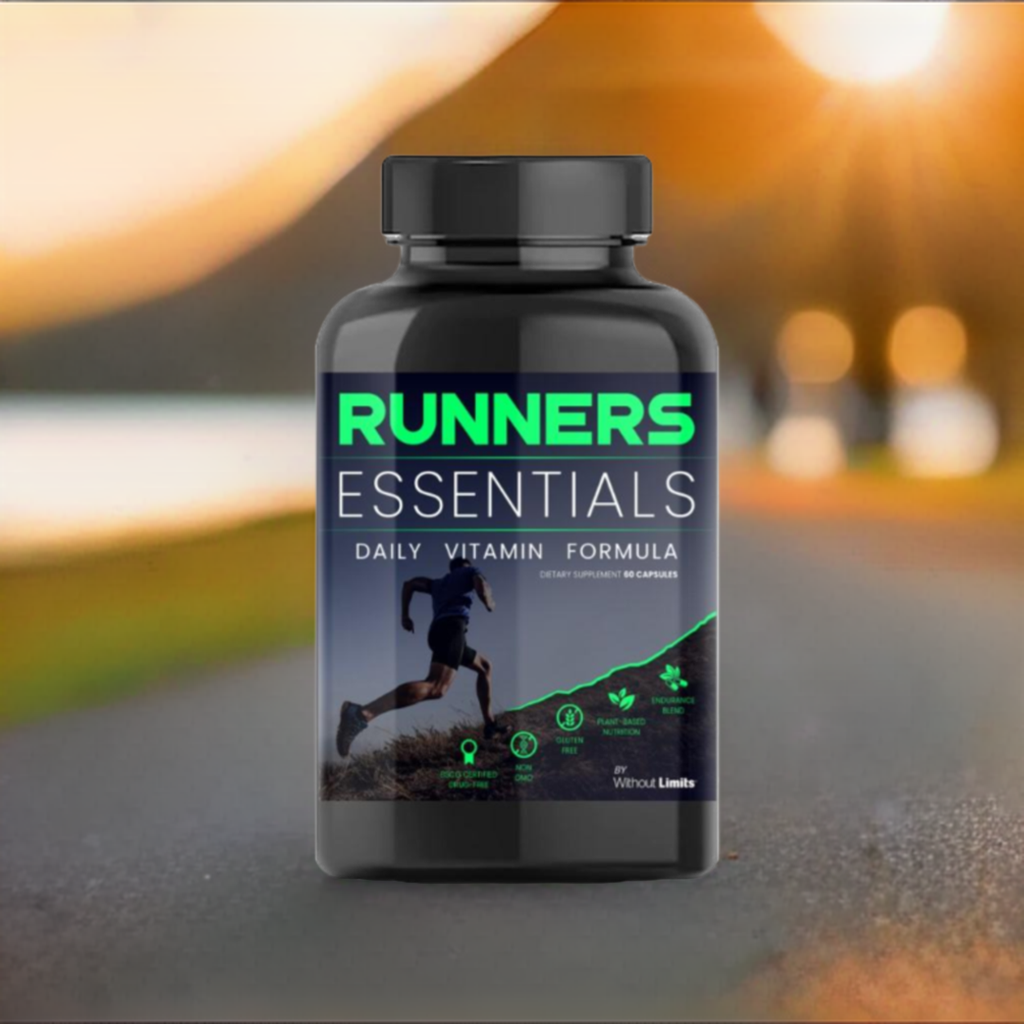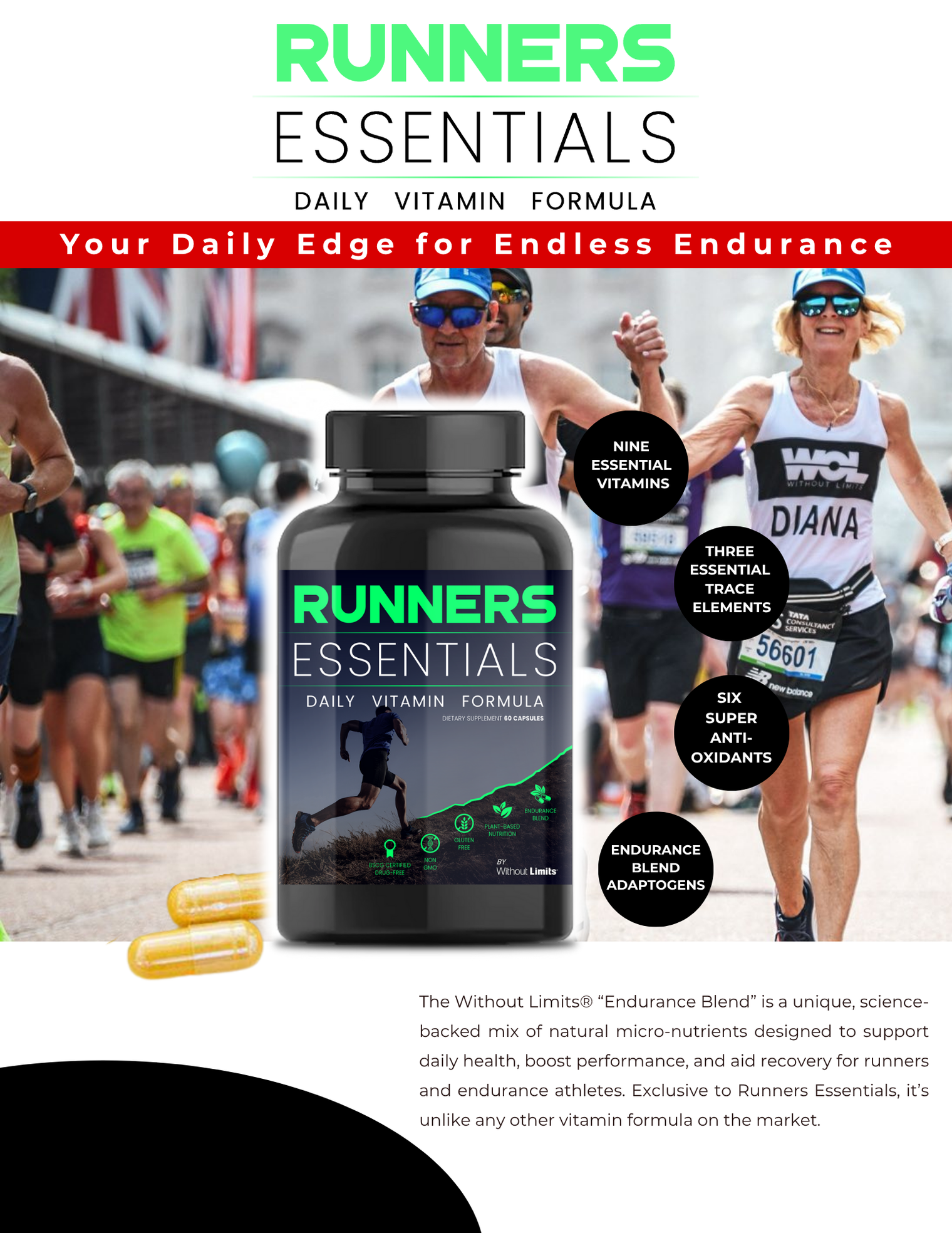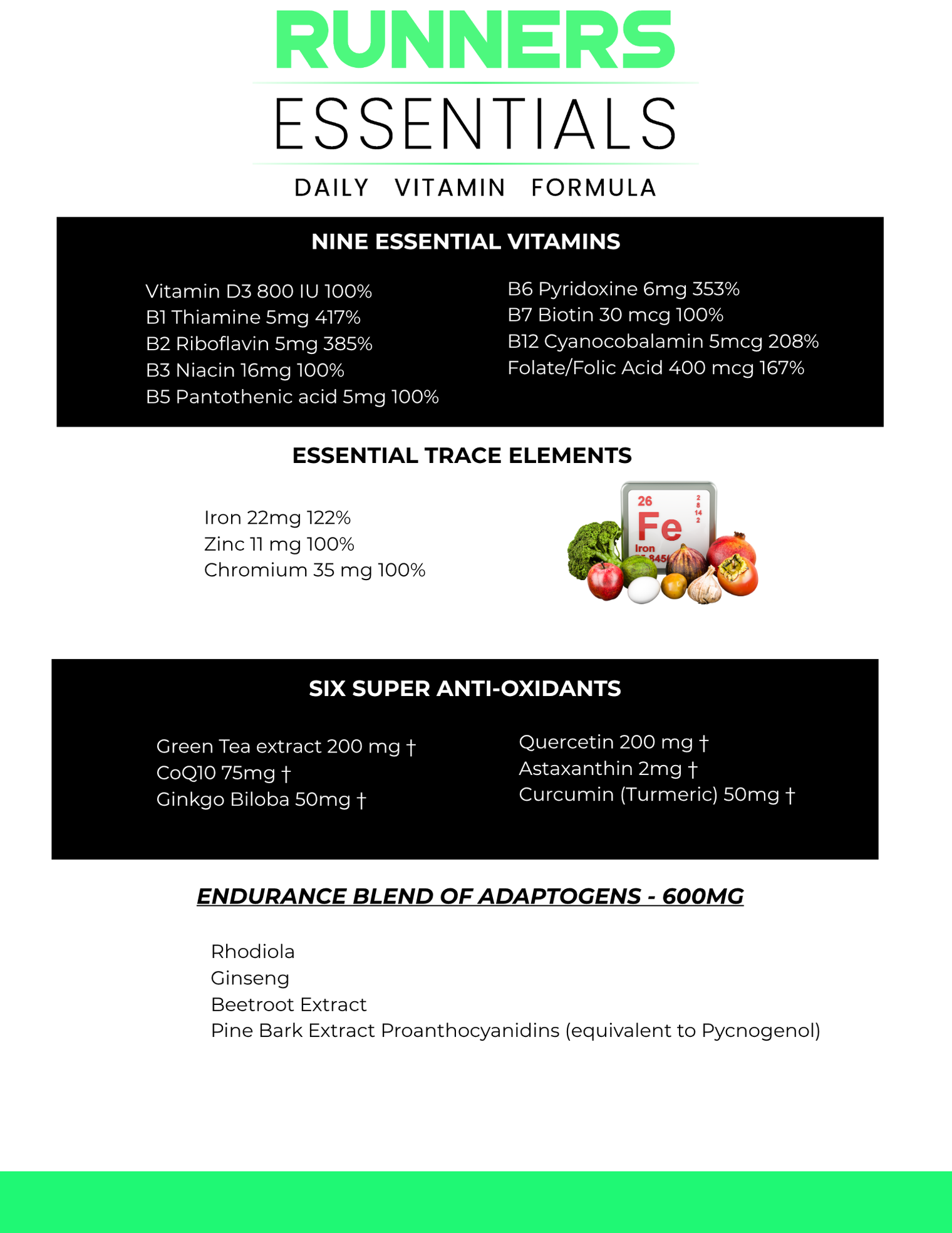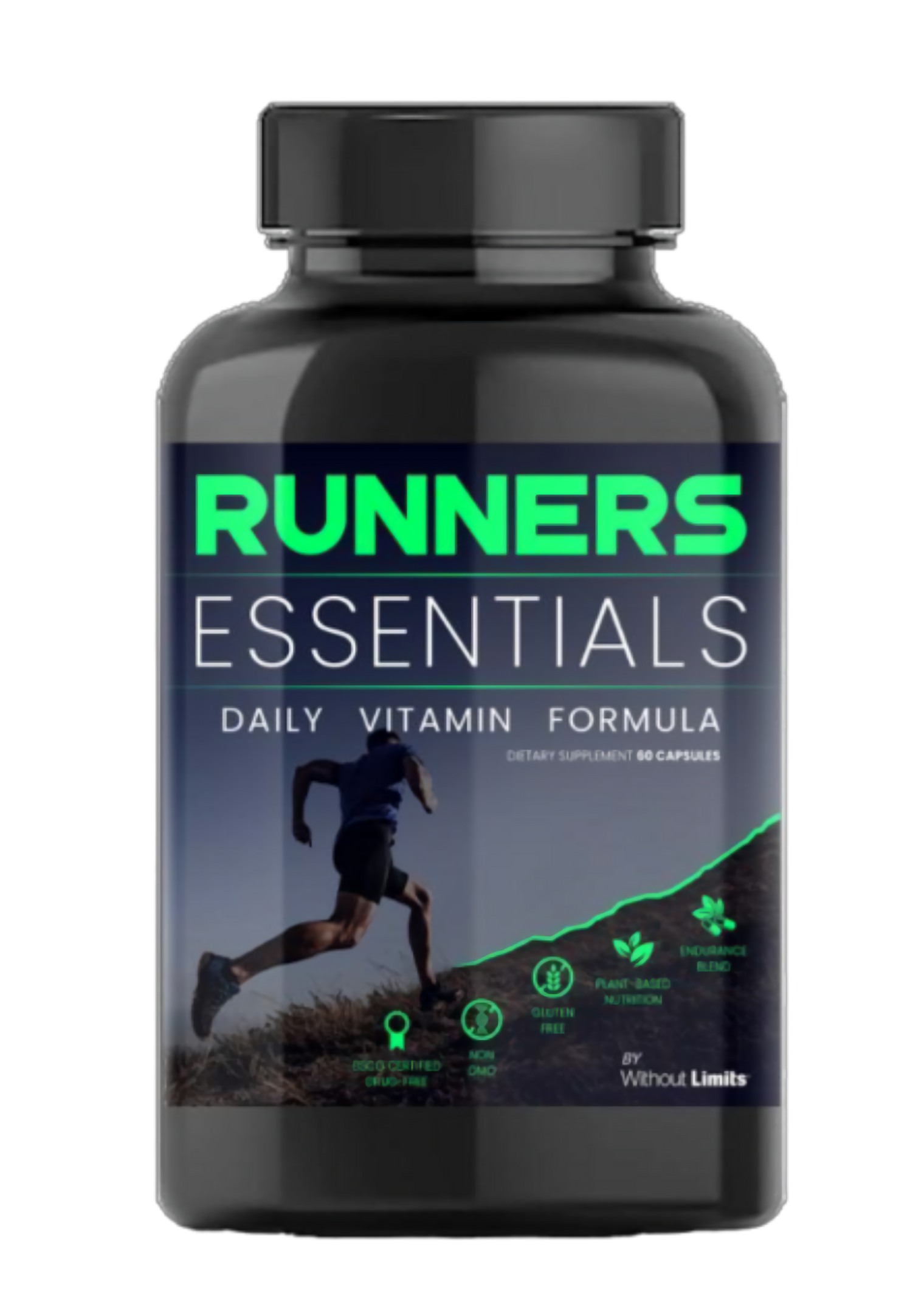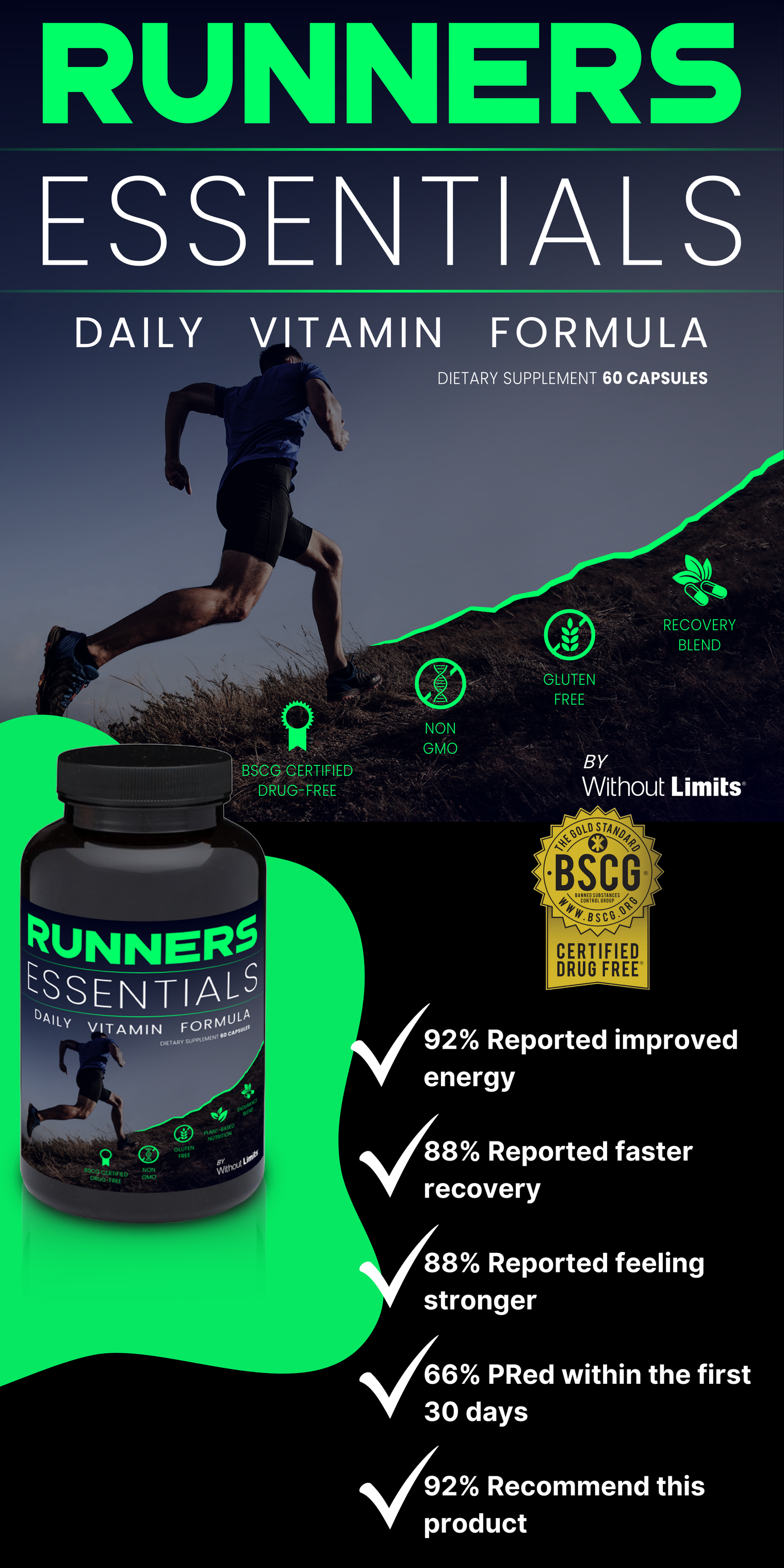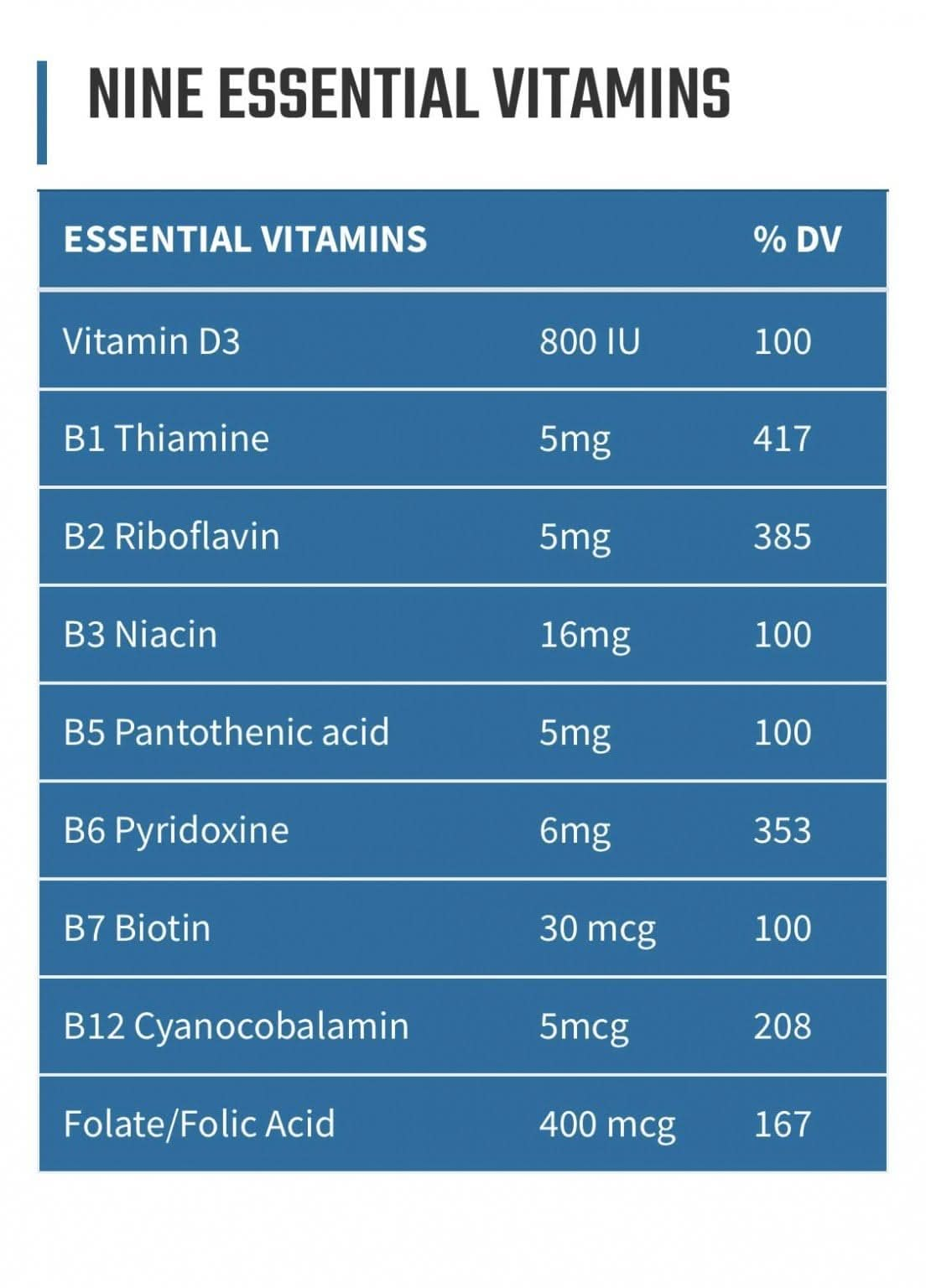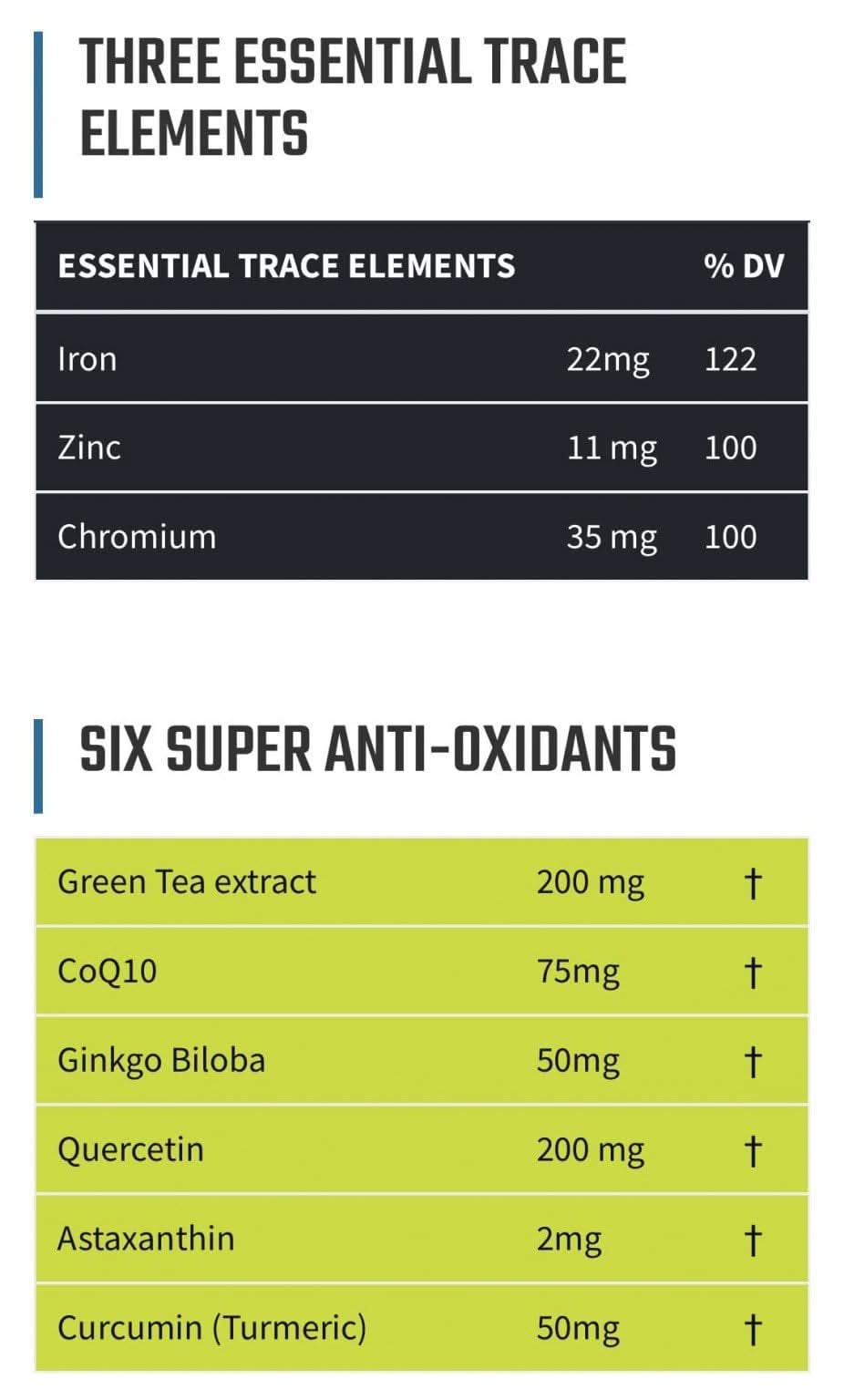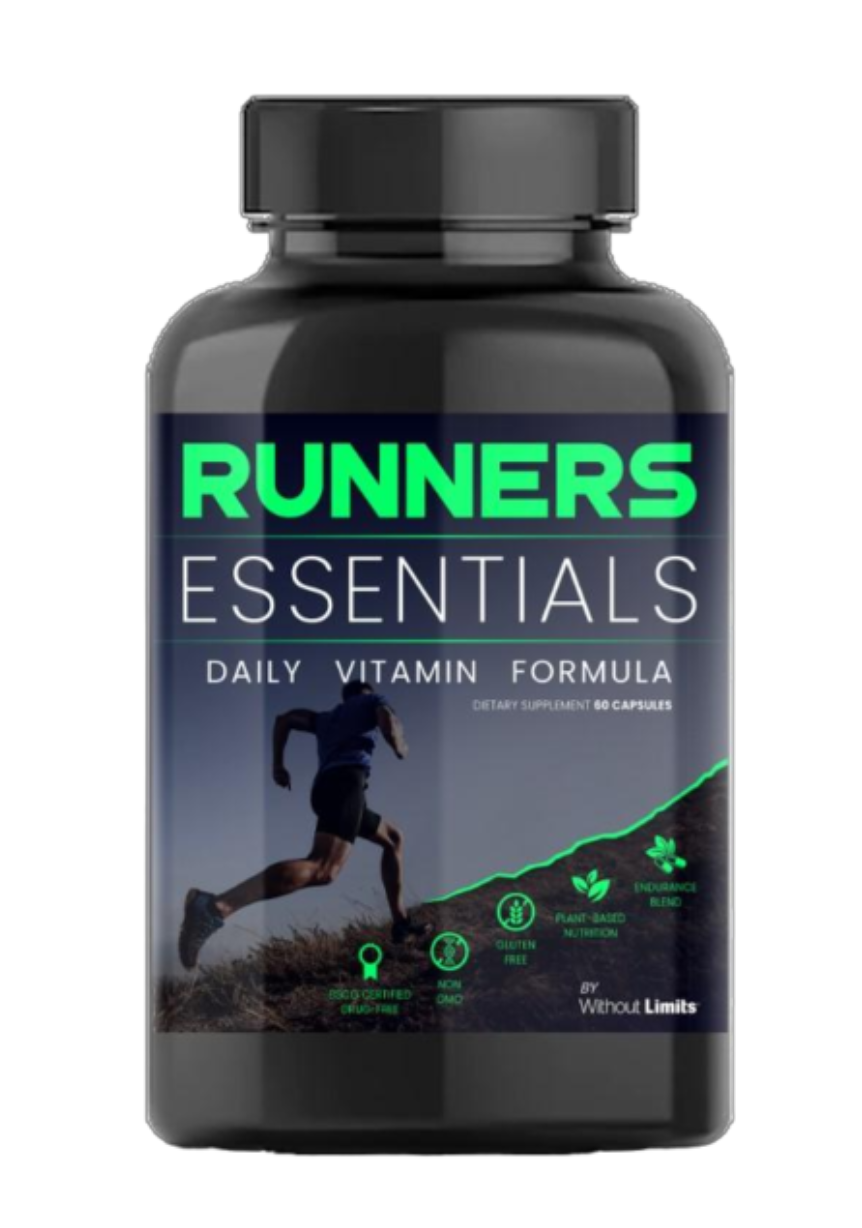Alex Hutchinson •
Exercise causes pain, but it also dulls it. Researchers are still trying to understand how that works.
But pain isn’t like heart rate or lactate levels—things you can measure and meaningfully compare from one session to the next. Every painful experience is different, and the factors that contribute to those differences seem to be endless. A recent study in the Journal of Sports Sciences, from researchers in Iraq, Australia, and Britain, adds a new one to the list: viewing images of athletes in pain right before a cycling test led to higher pain ratings and worse performance than viewing images of athletes enjoying themselves.
That finding is reminiscent of a result in which subjects who were told that exercise increases pain perception experienced greater pain, while those told that exercise decreases pain perception experienced less pain. In that case, the researchers were studying pain perception after exercise rather than during it, trying to understand a phenomenon called exercise-induced hypoalgesia (which just means that you experience less pain after exercise).
This phenomenon has been studied for more than 40 years: one of the first attempts to unravel it was published in 1979 under the title “The Painlessness of the Long Distance Runner,” in which an Australian researcher named Garry Egger did a series of 15 runs over six months after being injected with either an opioid blocker called naloxone or a placebo. Running did indeed increase his pain threshold, but naloxone didn’t seem to make any difference, suggesting that endorphins—the body’s own opioids—weren’t responsible for the effect. (Subsequent research has been plentiful but not very conclusive, and it’s currently thought that both opioid and other mechanisms are responsible.)
But the very nature of pain—the fact that seeing an image of pain or being told that something will be painful can alter the pain you feel—makes it extremely tricky to study. If you put someone through a painful experiment twice, their experience the first time will inevitably color their perceptions the second time. As a result, according to the authors of another new study, the only results you can really trust are from randomized trials in which the effects of exercise on pain are compared to the results of the same sequence of tests with no exercise—a standard that excludes much of the existing research.
The good news is that, in healthy subjects, aerobic exercise did indeed seem to cause a large increase in pain threshold. Here’s a forest plot, in which dots to the left of the line indicate that an individual study saw increased pain tolerance after aerobic exercise, while dots to the right indicate that pain tolerance worsened.
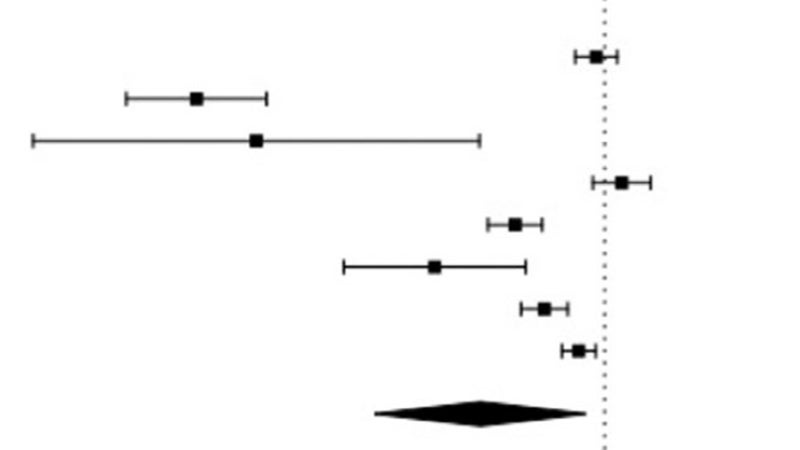
The big diamond at the bottom is the overall combination of the data from those studies. It’s interesting to look at a few of the individual studies. The first dot at the top, for example, saw basically no change from a six-minute walk. The second and third dots, with the most positive results, involved 30 minutes of cycling and 40 minutes of treadmill running, respectively. The dosage probably matters, but there’s not enough data to draw definitive conclusions.
After that, things get a little tricker. Dynamic resistance exercise (standard weight-room stuff, for the most part) seems to have a small positive effect, but that’s based on just two studies. Isometric exercises (i.e. pushing or pulling without moving, or holding a static position), based on three studies, have no clear effect.
There are also three studies that look at subjects with chronic pain. This is where researchers are really hoping to see effects, because it’s very challenging to find ways of managing ongoing pain, especially now that the downsides of long-term opioid use are better understood. In this case, the subjects had knee osteoarthritis, plantar fasciitis, or tennis elbow, and neither dynamic nor isometric exercises seemed to help. There were no studies—or at least none that met the criteria for this analysis—that tried aerobic exercise for patients with chronic pain.
More stories

10 Ways To Train Like A Tokyo Olympics 2021 Athlete

5 Benefits of BCAAs and How They Improve Your Recovery
Set It and Forget It! Up to 35% OFF Single Bottle Price with a Subscription + Free Shipping.
A fusion of science, athletics, and nutrition that maintains an unwavering commitment to quality, content, and purpose. Our daily proprietary formula blends essential vitamins, potent antioxidants, and energy-boosting adaptogens.
Physician, Elite Athlete and Nutritionist formulated and grounded in real science.
- Manufactured in the USA in a GMP and NSF Certified Facility
- Non-GMO, Gluten Free, BSCG Certified Drug Free
- 22 All-Natural Ingredients with 12 Essential Vitamins and Minerals
- 6 Super Antioxidants and 4 Phytonutrients
- Physician, Elite Athlete and Nutritionist Formulated



